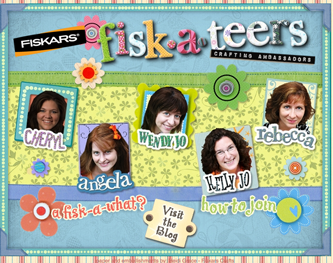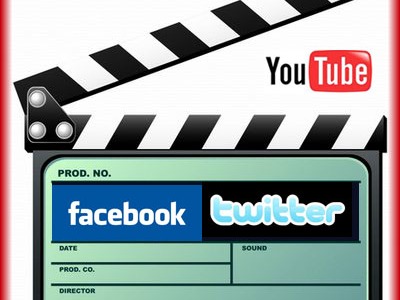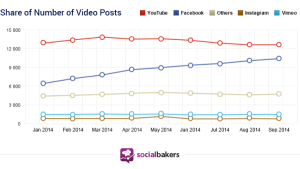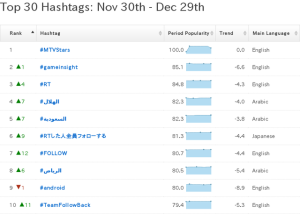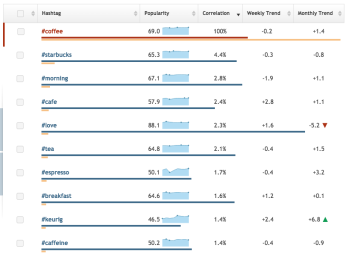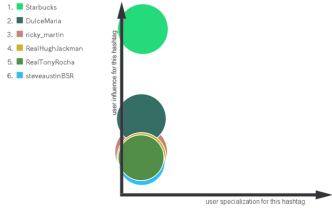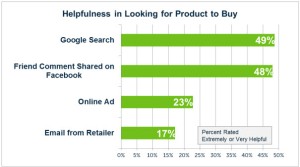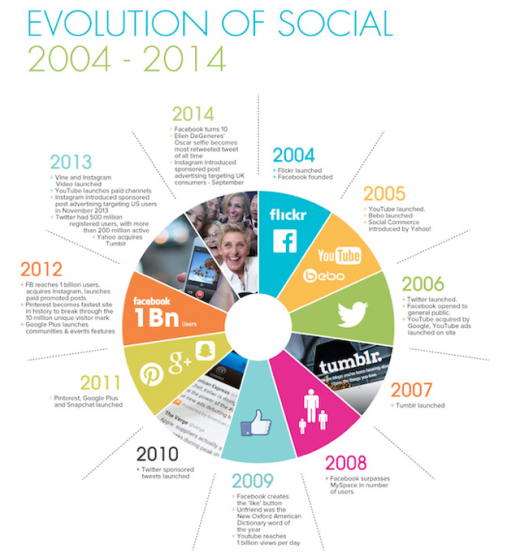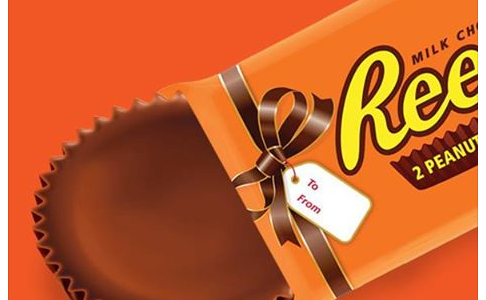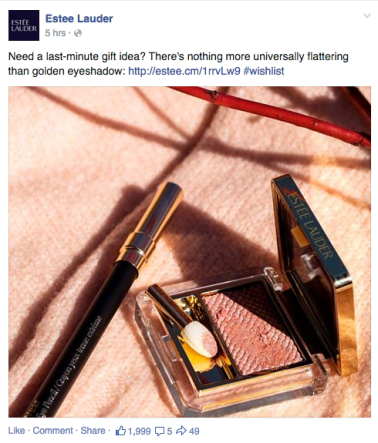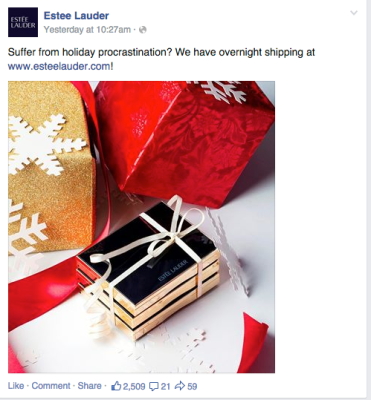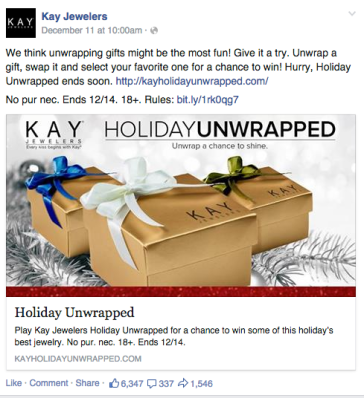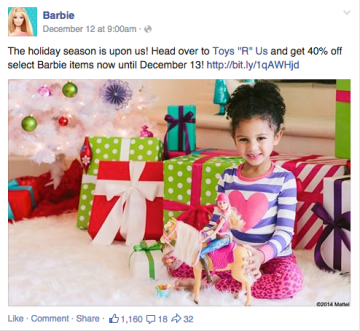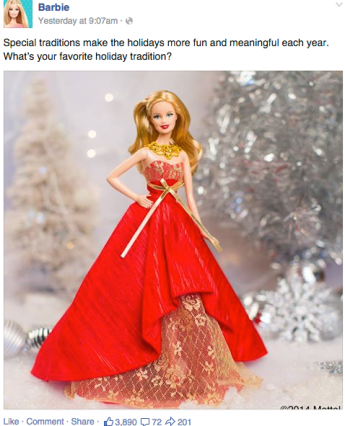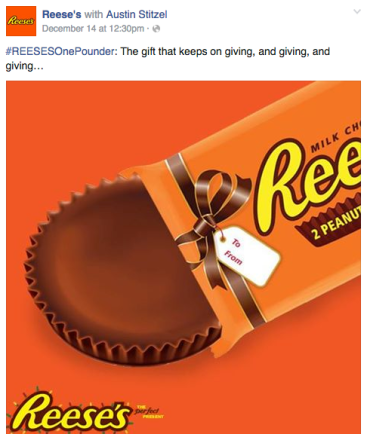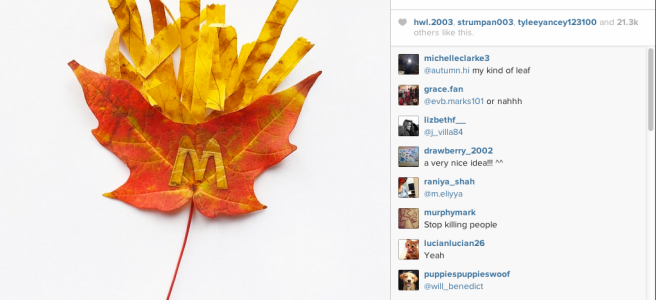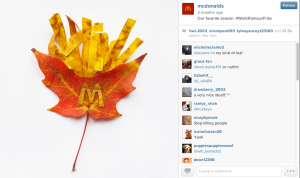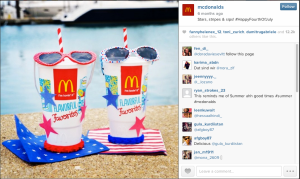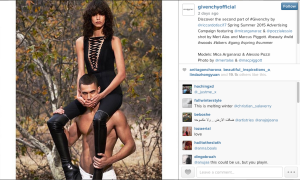Last night, I began reading Brains on Fire: Igniting Powerful, Sustainable Word of Mouth Movements, a book written by Robbin Phillips, Greg Cordell, Geno Church, and Spike Jones. I have not finished, but already I am intrigued by their message of creating long-lasting brand movements rather than captivating marketing campaigns that are forgotten by a potential consumer within seconds. Television, newspaper, social media, and mail advertisements are often ignored by people. In fact, the book states that advertisements have a 1-4% success rate when it comes to increasing sales. So how can companies use their advertising dollars more effectively?
The way to ignite a movement is by going out to the customer and inquiring about their passions and how a brand can essentially “ignite” that passion. Customers want to hear stories about how brands can fit into their everyday lives. For instance, Fiskars, a company that produces scissors and office supplies, was experiencing low brand loyalty before hiring Brains on Fire to help them out. The solution was going out to customers and asking how these supplies benefitted their daily lives. They found customers passionate about scrapbooking and crafting and dubbed them “The Fiskateers.” These 5400 brand ambassadors started online conversations, began planning events and campaigns on their own, and promoted Fiskars in stores selling the product. Stores with Fiskateer visits have Fiskar sales have three times the sales growth of other stores selling the product, and these stores also experienced double the Fiskar sales than ever before. Within six months, web hits had increased by 57% and online conversations went up by 600% in the first 20 weeks. All of this growth just by incorporating their brand with the passions of consumers.
I think Brains of Fire is on to something. We often see captivating ads, but does it really prompt us to buy a product? A pretty post or funny video on a Facebook page is not going to get me to buy, say, the new flavor of Oreos if I no need or interest in the product. But an advertisement about how baking-enthusiast consumers are using this new flavor in new recipes will likely prompt those interested in baking to buy the Oreos and whip out some delicious recipes. Like Fiskars, perhaps these bakers can become Oreo brand enthusiasts!
Out with the captivating, in with the consumer passion!
I will be doing a of reading on public relations, advertising, and e-marketing this semester, which should inspire some more informative blog posts for my fellow marketing gurus!
Image found at http://www.whatsnextblog.com/fiskateers_how_a_social_community_became_a_veritable_sales_force/

